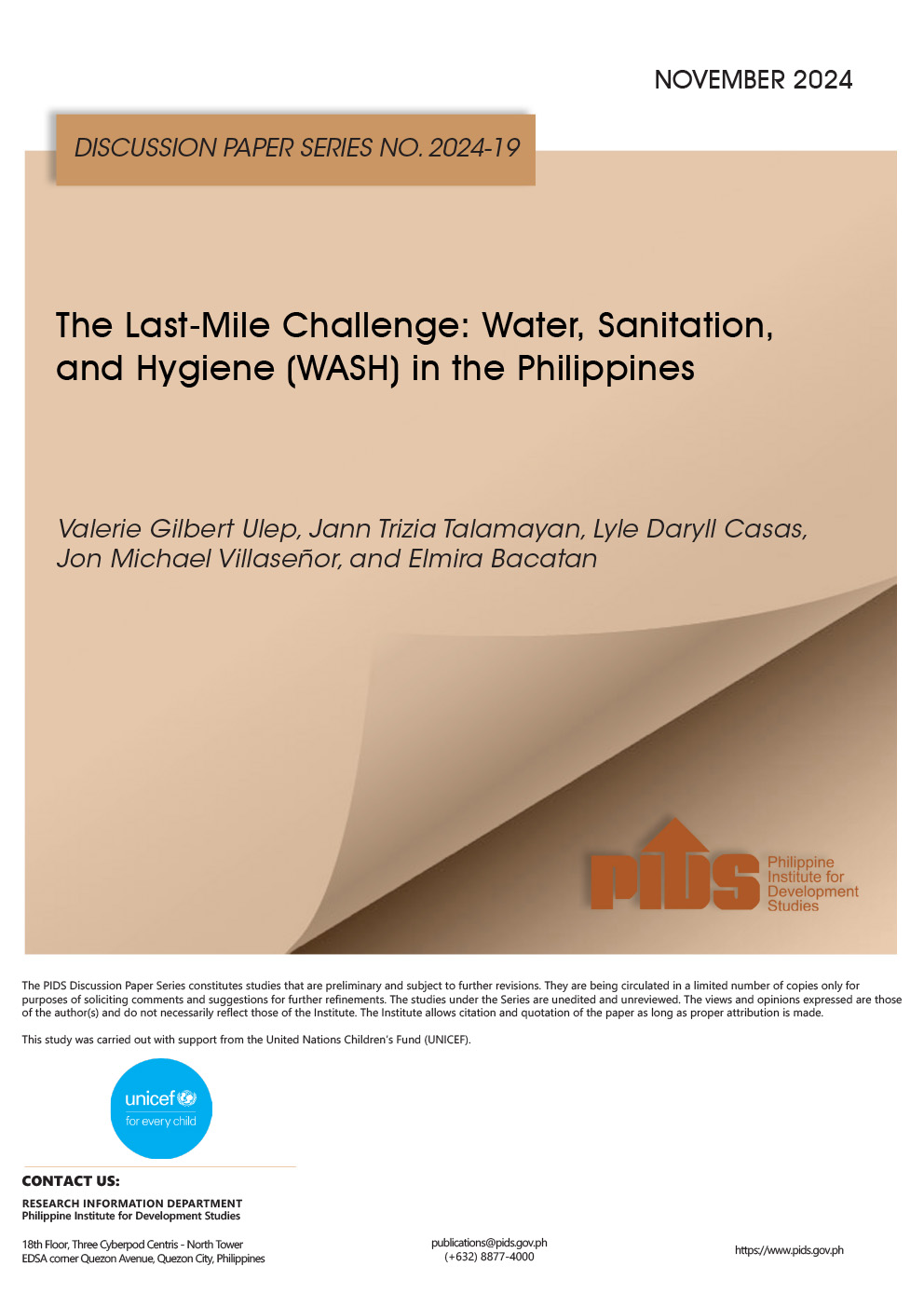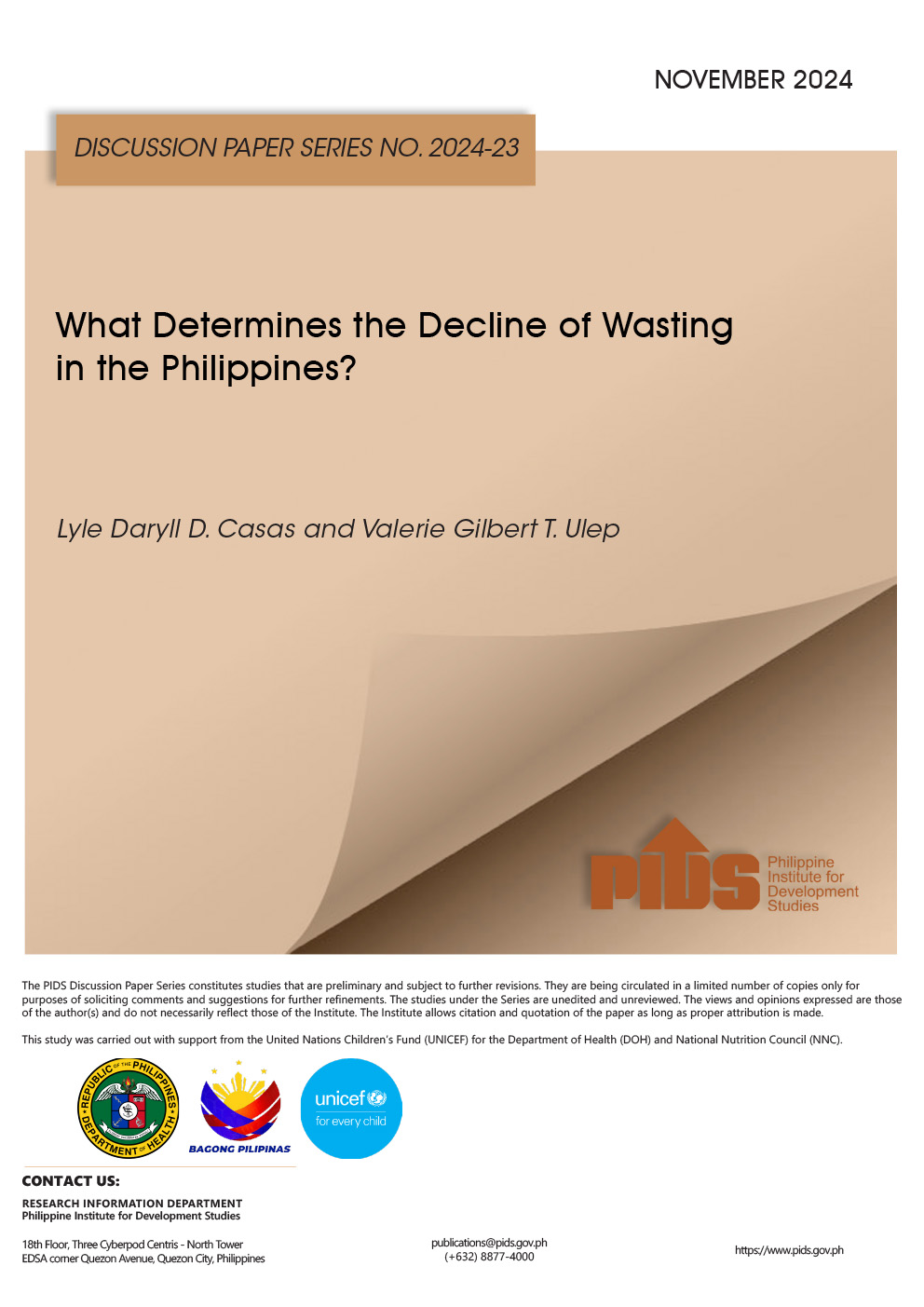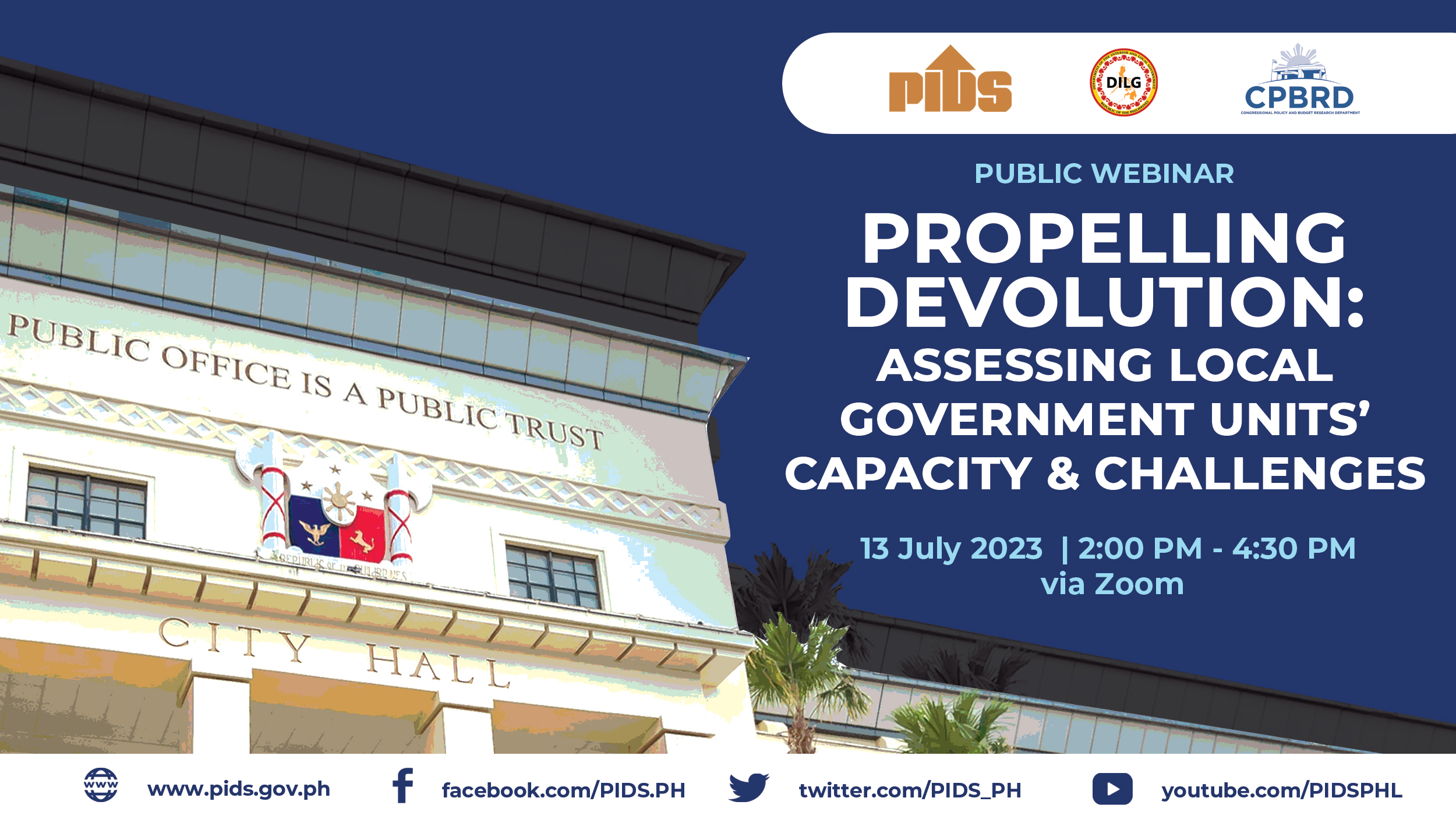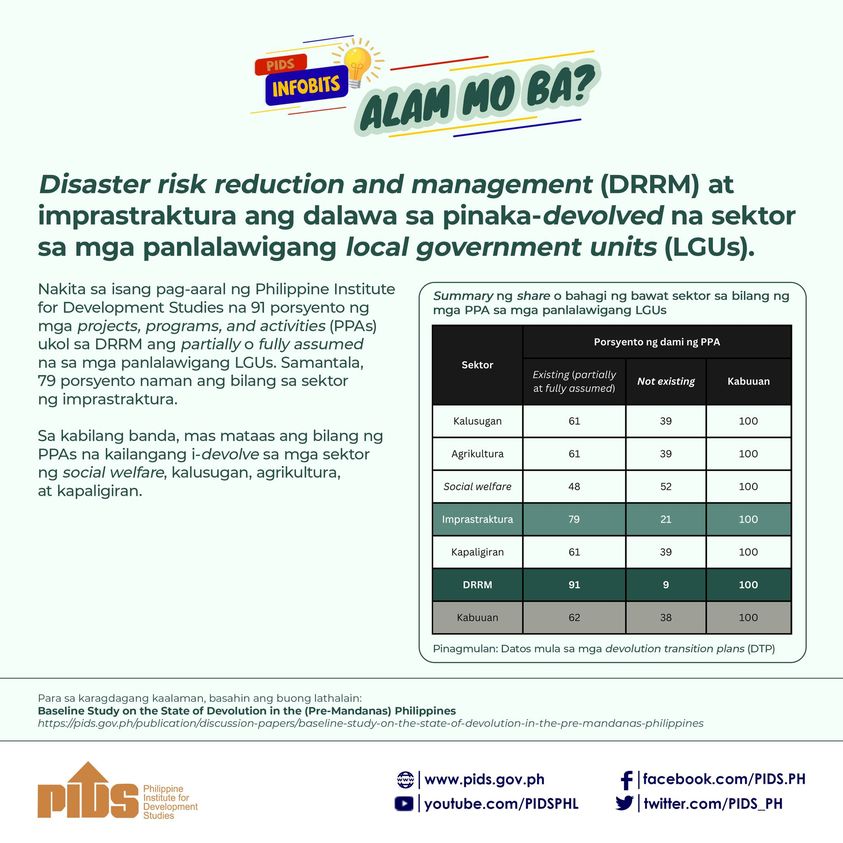How much does it cost for the Philippine government to implement a viable and effective campaign for cancer prevention, detection, and treatment among our nation’s population of almost 114 million?
It is certainly not the meager P1 billion, the amount set aside by Congress in 2022, which proved sufficient to treat only 200 cancer patients. For this year, perhaps out of terrible pangs of conscience, lawmakers in both chambers of Congress have increased the budget allocation for that purpose in the National Appropriations Act to P1.56 billion.
Unfortunately, the amount is still pitifully inadequate, given the high prevalence of cancer among Filipinos. One hundred eighty-seven out of every 100,000 in the country are afflicted with cancer of all types.
Not very long ago, a cancer diagnosis was a life sentence. Now that the disease is curable, the government should set aside a certain percentage of the national budget to fight this dreaded disease, especially since the government can seemingly afford to lose tens, even hundreds of billions, to graft and corruption. Just look at how much intelligence funds are given to each department head – the most egregious of which is the education department – it surely can set aside the amount necessary to alleviate the suffering of cancer victims and their families.
Available statistics show that breast, lung, and colon cancers are the most prevalent in the country. They strike men and women in the 40-69 age group, when they are in their most productive years. It is catastrophic when the earning power of a father or mother comes to a halt. The family suffers financial setback more than if any other member falls victim to the disease. It is at this point when the government must intervene.
Government apathy
The government should hang its head in shame over the fact that other countries in Southeast Asia, with less resources than the Philippines – Myanmar comes to mind – are recording lower premature deaths from cancer. Premature death means that the patient has failed to arrest the progress of the disease, when he or she could have done so with the right treatment.
Monthly hospital bills for cancer patients range from P100,000 to P200,000, depending on the type, and the bill does not include chemotherapy or targeted therapy, diagnostic tests, and medicine, whether purchased in the hospital or outside. All in all, the treatment could cost P1 million or more, a whole lot more.
Treatment in the form of chemotherapy, targeted therapy, and the required drugs are readily available, but they are simply beyond the reach of most Filipinos already burdened with the high cost of living.
Dr. Valerie Gilbert Ulep, a senior research fellow at the Philippine Institute for Development Studies, says that more than half of the in-patient medical bill is covered by PhilHealth.
A friend of mine, whose wife died from esophageal cancer, settled without government assistance more than half a million pesos in hospital bills and doctor’s fees at the East Avenue Medical Center in Quezon City before he could claim the remains of his wife for burial. He had rejected PhilHealth’s offer of P15,000, deeming it an insult. As a colorectal cancer patient myself, I received much less in financial assistance from the government.
Of course, even while policymakers must rely on statistics as a guide to make the right decision for planning and budgetary purposes, they should give these statistics a second and maybe a third hard look. There are countless pieces of anecdotal evidence that must not be ignored.
A middle-class family, faced with minuscule government assistance, has to raise a large portion of the cost of treatment by dipping into its own savings, seeking financial aid from relatives, and/or going into debt. The poor go around knocking at the doors of politicians who would most likely give them a few hundred or thousand pesos, so they would go away.
Paltry PCSO assistance
The Philippine Charity Sweepstakes Office (PCSO) is of little help. Its charity fund – all of its earnings which are supposed to go to assistance programs for poor families – has been co-opted by a senator close to the previous administration to distribute as he sees fit. The senator makes sure that the money goes to as many supplicants as possible, which is seen as a form of off-election vote buying. He has repeatedly denied this, but that apparently is his objective in the first place. A cancer patient gets only a fraction of the cost of the required treatment, after members of his or her family take turns standing in line for days on end.
I suffered from the disease myself: colorectal cancer. Thankfully, I could afford the treatment, which is why my ailment has been in remission for more than five years now – proof that cancer is curable. Others can overcome the disease as well, but only if the disease is caught at its early stage of development and the afflicted person gets the right treatment plan, whether in the form of chemotherapy or targeted therapy.
A caveat to patients, however: chemotherapy is the default standard of care because doctors claim that its side effects are not as bad as those from targeted therapy.
I did not find this to be true at all. After going under the knife, I was subjected to chemotherapy sessions. The malignant cells were gone, but I emerged from the ordeal with a kidney problem.
Each type of cancer has its own unique characteristics. Therefore, doctors should keep abreast of the latest developments in medical science, so that they can advise individual patients on the mode of treatment most appropriate for them. Whether it’s chemotherapy or targeted therapy, it is crucial that the patient strictly adhered to the prescribed regimen, especially with regard to schedule and duration. Regrettably, because of the prohibitive cost of most treatments, many patients drop out after a few sessions.
Our country’s leaders must double or even quadruple the budget allotted to prevent, diagnose, and treat cancer. With better cure rates for many cancer types, it would only be government inaction, neglect, and corruption that would worsen the plight of many Filipinos suffering from the disease.












